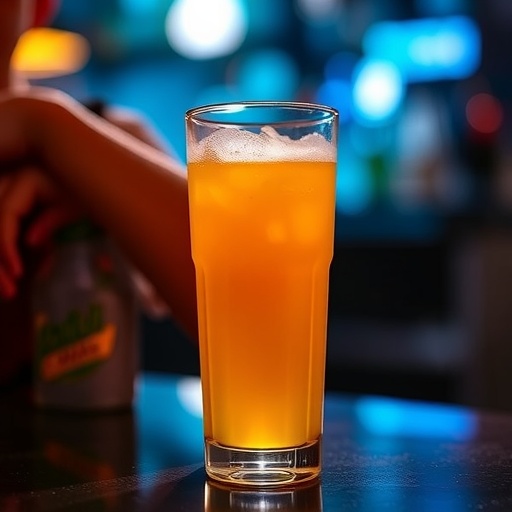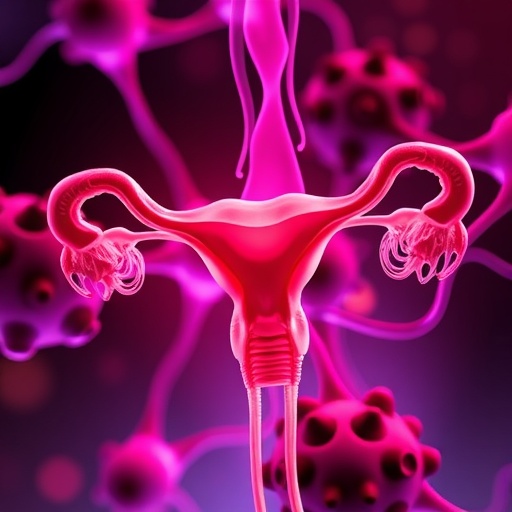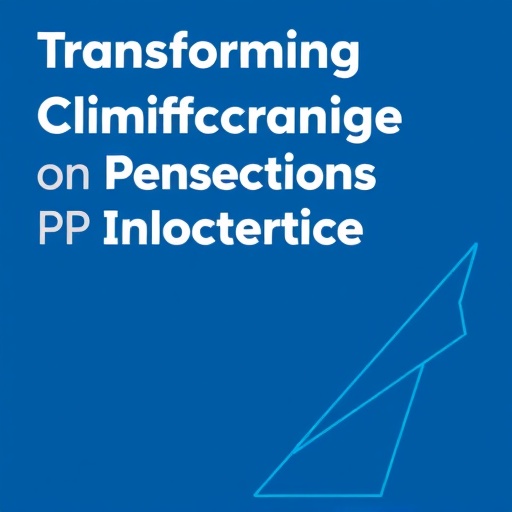In recent years, the consumption of low and alcohol-free beverages has seen a remarkable surge among individuals identified as ‘risky drinkers’ in Great Britain. A comprehensive observational study published in the reputable journal BMJ Public Health sheds light on this upward trend, revealing a significant increase in the use of these alternatives by those attempting to reduce their alcohol intake across England, Wales, and Scotland. The research provides a nuanced understanding of the demographic dynamics and underlying factors driving this shift, highlighting implications for public health policies aimed at harm reduction.
Between 2020 and 2024, the proportion of individuals who reported using low and alcohol-free drinks as part of serious efforts to cut down their alcohol consumption rose markedly from 35% to 44%. Similarly, among those who made any attempt to reduce their alcohol intake—whether casual or earnest—the usage of these beverages climbed from 26% to 39%. Such statistics not only underscore changing drinking behaviors but also hint at a broader cultural and market transformation influenced by availability and awareness.
This upward trajectory is particularly pronounced among adults aged 65 and older. Initially, this group exhibited lower rates of consumption of low and alcohol-free substitutes compared to their younger counterparts. However, over the four-year period, older adults demonstrated a steeper increase in the adoption of these alternatives. This phenomenon may be related to heightened health consciousness often associated with aging or possibly greater exposure to public health messaging targeting this demographic.
Interestingly, the study delineated noticeable socioeconomic and gender disparities in the consumption patterns of these drinks. Women and individuals with relatively higher socioeconomic status were more inclined to incorporate low and alcohol-free beverages into their alcohol reduction attempts. Conversely, men and economically disadvantaged groups were less likely to engage with these alternatives. This socioeconomic gradient is critical, as alcohol-related harm disproportionately impacts less advantaged populations, raising questions about equity in access and benefit from emerging harm reduction strategies.
The sharp rise in sales and accessibility of low and alcohol-free drinks since 2020 in the UK undoubtedly plays a pivotal role in this behavioral shift. Governmental bodies actively endorse substituting standard alcoholic drinks with their low or zero-alcohol counterparts as a pragmatic harm reduction approach. However, the extent to which increased supply directly fuels attempts to curtail alcohol intake among heavier drinkers remains an open question, necessitating more rigorous exploration.
To investigate this, researchers utilized monthly data from the Smoking and Alcohol Toolkit Study conducted in Great Britain between October 2020 and August 2024. This study consistently gathers detailed information on adults’ sociodemographic profiles alongside their smoking and drinking habits. By focusing on participants with an Alcohol Use Disorders Identification Test-Consumption (AUDIT-C) score of five or higher—indicative of increasing or higher-risk drinking—and who had consciously tried to reduce consumption in the prior year, the research team amassed a robust sample size of 9,397 individuals, averaging 46 years of age.
Participants were queried regarding their use of low and alcohol-free drinks and whether these beverages constituted part of a broader strategy involving other evidence-based support mechanisms, such as behavioral interventions or pharmacological treatments. The analytical framework revealed that while the use of these drinks surged significantly, the employment of traditional evidence-based alcohol reduction tools persisted at a low, steady rate hovering around 10%, either alone or alongside these non-alcoholic alternatives.
Moreover, an intriguing decline emerged in the proportion of individuals abstaining from both low/alcohol-free beverages and evidence-based support, indicating that more people are incorporating some form of intervention in their cut-down attempts. Despite this, the relatively minimal uptake of these proven evidence-based treatments remains a concern, underscoring a potential gap between awareness, accessibility, and utilization of comprehensive alcohol reduction methodologies.
Being an observational study, the investigation primarily documents trends in self-reported use of low and alcohol-free drinks aimed at reducing alcohol consumption. Consequently, it refrains from making definitive causal claims about the efficacy of these drinks in actually decreasing overall alcohol intake. The researchers caution that some respondents might have misinterpreted ‘alcohol-free’ to include fermented non-alcoholic beverages like kombucha or flavored sodas, potentially influencing reported consumption rates.
The researchers speculate that various factors could be propelling the rise of alcohol-free and low-alcohol drink use in Great Britain’s alcohol reduction attempts. Expanded availability in social venues such as pubs and intensified marketing efforts—including notable partnerships exemplified by the collaboration between Dry January campaigns and producers of alcohol-free beverages starting in 2022—may be crucial drivers. These dynamics, combined with increasing consumer demand for alternatives to traditional alcoholic drinks, suggest a market actively responding to evolving preferences.
Looking forward, the investigators emphasize the urgency of future research to rigorously assess whether these alcohol-free and low-alcohol drinks function effectively as harm reduction tools or if they are merely supplemental, thus resulting in no net decrease in alcohol consumption. Understanding this distinction is critical for formulating public health strategies and allocating resources effectively in efforts to mitigate alcohol-related harm.
The documented socioeconomic disparities in the adoption of low and alcohol-free alternatives prompt additional concern. Since alcohol-related health consequences disproportionately affect less advantaged individuals, ensuring equitable access and intervention efficacy within these populations is paramount. Should these beverages be validated as effective harm reduction options, targeted policy interventions must be developed to bridge the socioeconomic divide and attenuate health inequalities exacerbated by alcohol misuse.
In sum, this population-based study highlights an important shift in drinking behaviors among higher-risk individuals in Great Britain. The increasing adoption of low and alcohol-free drinks in attempts to reduce alcohol intake reveals a potentially transformative trend in public health approaches to alcohol consumption. However, the nuanced interplay of demographic factors, socioeconomic status, and the limited engagement with evidence-based support underscores the complexity of addressing alcohol-related harm comprehensively.
Continued surveillance, combined with robust experimental studies, is essential to unravel the true impact of these beverage alternatives on alcohol consumption patterns and related health outcomes. Only through precise, evidence-driven insights can policymakers craft effective interventions that resonate across diverse populations and ultimately reduce the societal burden of alcohol misuse.
Subject of Research: People
Article Title: Trends in use of alcohol-free or low alcohol drinks in attempts to reduce alcohol consumption in Great Britain, 2020-2024: a population-based study
News Publication Date: 23-Sep-2025
Web References: Smoking and Alcohol Toolkit Study
References: BMJ Public Health, DOI: 10.1136/bmjph-2025-002775
Keywords: Alcoholic beverages, Behavior modification
Tags: alcohol reduction trendsalcohol-free drink market growthcultural shift in drinking habitsdemographic dynamics of drinkingharm reduction strategiesincrease in non-alcoholic beverageslow and alcohol-free beverage consumptionobservational study on alcohol consumptionolder adults and alcohol alternativespublic health implicationsrisky drinkers in the UKUK drinking behavior changes





